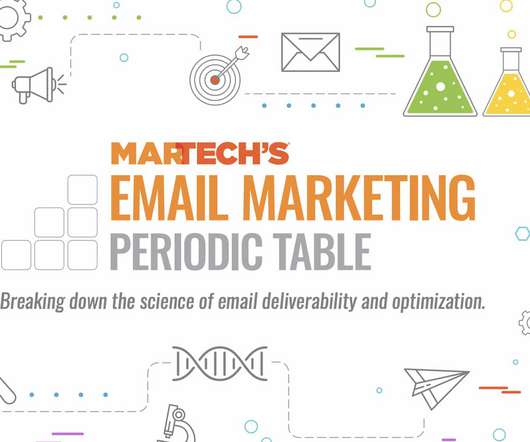Email marketing strategy: A marketer’s guide
Martech
OCTOBER 30, 2023
For starters, before you send emails you must ensure that your audience has given you permission to send emails to them. Permission means that the recipient has given you explicit and informed consent to send messages to them. If you are sending too frequently, you may see a drop in your open rates.



















Let's personalize your content